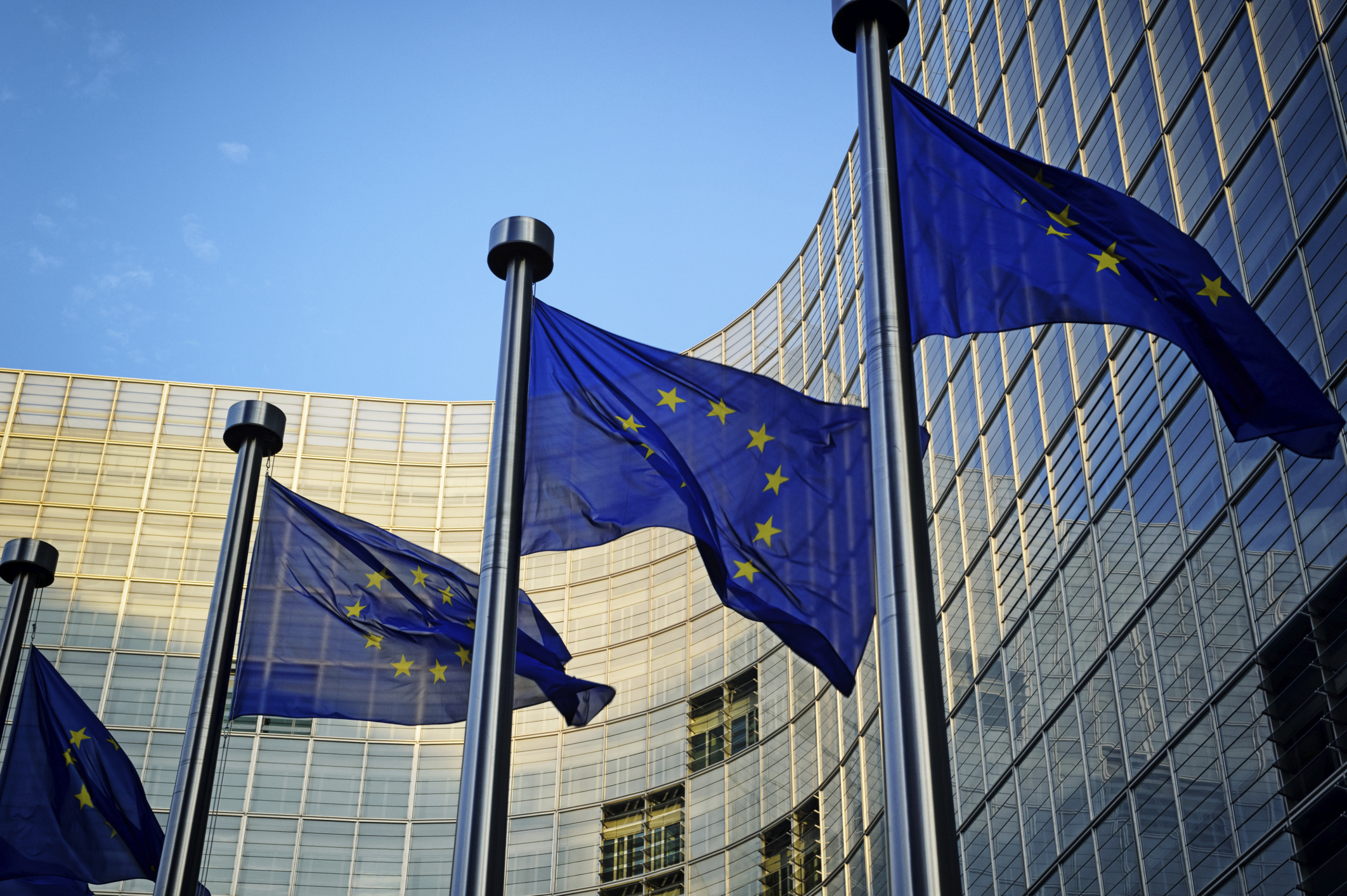
Economic growth in Europe remains disappointing. Virtually all European Union members are expected to post higher output in 2014; but, according to the International Monetary Fund’s latest projections, the average growth rate in the eurozone will barely exceed 1%. And, whereas the British economy is displaying strong momentum, its GDP has only now surpassed the pre-crisis mark. In per capita terms, the EU is still poorer than it was seven years ago.
In this context, a new policy target has emerged: investment. Italian Prime Minister Matteo Renzi, who currently holds the EU’s rotating presidency, has pushed for it, and Jean-Claude Juncker, the president-elect of the European Commission, has called it his “first priority.” His goal for the next three years is to mobilize an additional €100 billion ($134 billion) per year (0.75% of GDP) for public and private investment.
Investment is certainly a politically appealing theme. It can unite Keynesians and supply-side advocates; proponents of public spending and supporters of private business can stand together. And historically low long-term interest rates undoubtedly provide an exceptionally favorable opportunity to finance new ventures.
But it does not automatically follow that governments should pour money into public infrastructure projects or foster private investment by adding further incentives amid already auspicious market conditions. At a time when private income has shrunk, public resources are scarce, and debt burdens are heavy, plans to stimulate investment should be carefully scrutinized.
Even seemingly purposeful projects can seriously backfire: only a few years ago, Europe’s well-intentioned efforts to stimulate renewables resulted in a solar energy bubble of macroeconomic proportions. Whereas cutting greenhouse-gas emissions is necessary, the current generation of relatively inefficient renewables should not be deployed at the expense of the development of more cost-effective technology.
That is why it is essential to determine, prior to any effort to boost investment, whether sluggish growth in Europe reflects abnormally low capital formation. The data suggest that it does: from 2007 to 2013, investment has fallen by 18% in the EU, compared to just 6% in the United States. In Southern Europe, investment has literally collapsed; even in Germany, it will reach pre-crisis levels only this year.
But this is hardly a sufficient observation, because excessive pre-crisis real-estate investment made a sharp downward adjustment inevitable. The reckless construction of condominiums without buyers and airports without passengers had to stop. More generally, investment tends to follow economic growth: companies add new capacity only if there is demand for their products. A recession almost always implies a disproportionate fall in investment.





